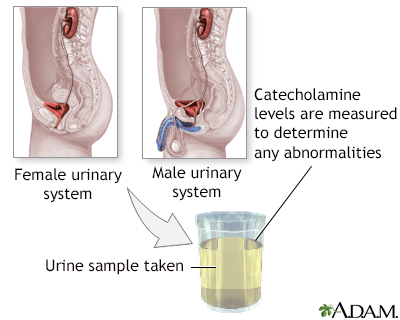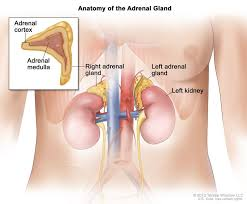Introduction
Catecholamines (dopamine, epinephrine, norepinephrine) are signaling molecules involved in stress response, blood pressure, and metabolism. Abnormal catecholamine levels are linked to various diseases. This article explores how liquid chromatography-tandem mass spectrometry (LCMS-MS) is used to analyze catecholamines in urine, highlighting its advantages, limitations, and clinical applications.
Traditional Methods and Limitations
Previously, high-performance liquid chromatography (HPLC) with electrochemical detection (ECD) was the main method for analyzing catecholamines in urine. However, this technique has limitations, such as interference from other chemicals and lower sensitivity.
Advantages of LCMS-MS
LCMS-MS offers several advantages over traditional methods:
- Higher Sensitivity and Specificity: LCMS-MS can detect very low levels of catecholamines in urine samples and precisely identify them by their unique fragmentation patterns.
- Multiple Catecholamines at Once: LCMS-MS can analyze dopamine, epinephrine, and norepinephrine in a single test, saving time and effort.
- Improved Separation: LCMS-MS separates catecholamines from other substances in the urine sample more effectively, leading to more accurate measurements.
Clinical Applications
LCMS-MS analysis of catecholamine levels in urine is valuable for diagnosing and monitoring several conditions:
Pheochromocytoma and Paraganglioma:
These tumors produce excessive catecholamines. High levels detected by LCMS-MS can help identify and locate these tumors.
Neuroblastoma:
This childhood cancer can also produce significant amounts of catecholamines. LCMS-MS analysis can aid in diagnosis, treatment monitoring, and relapse detection.
Metabolic Disorders:
Problems with catecholamine metabolism can cause various symptoms. LCMS-MS analysis can help diagnose disorders like dopamine-beta-hydroxylase deficiency.
Limitations and Considerations
While powerful, LCMS-MS analysis of catecholamines in urine has limitations:
- Sample Preparation: Effective methods to prepare urine samples are crucial for accurate results.
- Cost and Instrumentation: LCMS-MS systems are expensive and require specialized expertise to operate and maintain.
- Standardization: Consistent procedures for collecting, preparing, and analyzing samples are essential for reliable results across different labs.
Conclusion
LCMS-MS analysis of catecholamines in urine is a leading technique in clinical diagnostics. Its high sensitivity, specificity, and ability to analyze multiple catecholamines simultaneously provide valuable information for understanding both normal and abnormal physiological processes. With ongoing advancements in technology and research, LCMS-MS analysis is expected to become even more refined and have even broader applications in clinical settings